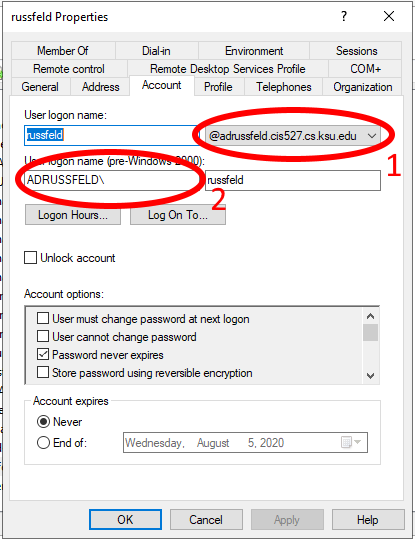Domain Name vs NetBIOS Name
When it comes to networking, two terms that often confuse people are domain name and NetBIOS name. Both play crucial roles in identifying computers on a network, but they have distinct differences. In this article, we will explore the differences between domain name and NetBIOS name, how they are used, and why they are important in networking.
Domain Name
A domain name is a unique name that identifies a website or a network. It is used to locate computers and resources on the internet or an intranet. Domain names are hierarchical, with the top-level domain (TLD) being at the highest level. Examples of TLDs include .com, .org, .net, and .edu.
In a corporate network, a domain name is used to group computers, users, and resources under a single administrative entity. This allows for centralized management of network resources, user accounts, and security policies. Domain names are typically associated with Windows Active Directory domains, which provide authentication and authorization services.
NetBIOS Name
NetBIOS stands for Network Basic Input/Output System. The NetBIOS name is a 15-character identifier that is used to identify a computer on a network. It is a legacy naming system that predates domain names and is commonly used in older Windows networking environments.
NetBIOS names are flat and do not support the hierarchical structure of domain names. They are typically limited to 15 characters and can only contain letters, numbers, and a few special characters. NetBIOS names are used for local network communication, such as file and printer sharing, and are not routable over the internet.
Key Differences
- Domain names are hierarchical, while NetBIOS names are flat.
- Domain names are used for internet and intranet communication, while NetBIOS names are used for local network communication.
- Domain names are associated with Windows Active Directory domains, while NetBIOS names are commonly used in legacy Windows networking environments.
Importance in Networking
Understanding the differences between domain names and NetBIOS names is essential for network administrators. Domain names play a crucial role in identifying resources on the internet and in corporate networks, while NetBIOS names are used for local network communication.
By properly configuring domain names and NetBIOS names, network administrators can ensure seamless communication and resource access within their networks. This can improve network efficiency, security, and overall productivity.
In conclusion, both domain names and NetBIOS names are important components of networking. While domain names are used for internet and intranet communication, NetBIOS names are utilized for local network communication. Understanding the differences between the two can help network administrators effectively manage and secure their networks.
